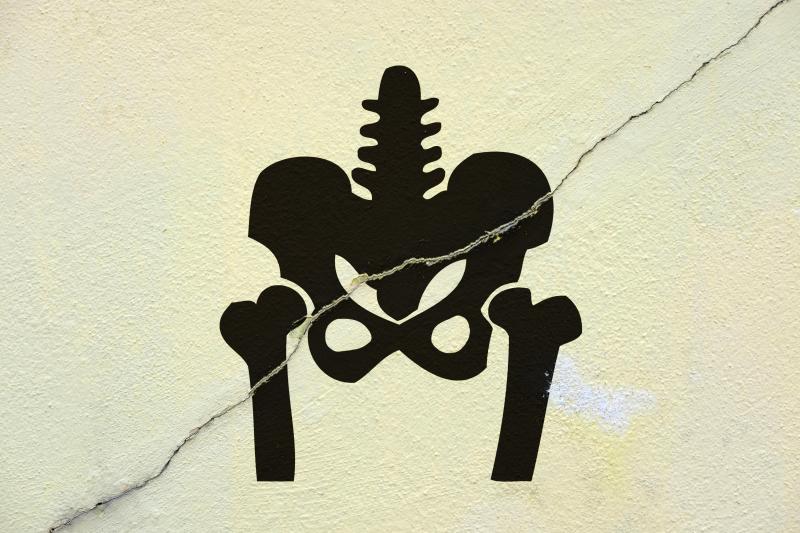
The osteoporosis medications teriparatide (TPTD), romosozumab (ROMO), raloxifene (RLX) and denosumab (DEN) all confer significant benefits for reducing vertebral and hip fractures and inducing changes in bone mineral density at the femoral neck (FN BMD) as compared with placebo, according to the results of a network meta-analysis (NMA).
“This finding complements previous NMAs that have shown benefit on vertebral fracture risk for bisphosphonates, RLX, DEN and TPTD,” the investigators said. [Bone 2016;89:52-58; J Cell Biochem 2018;119:4469-4481; J Clin Endocrinol Metab 2012;97:1871-1880]
“[However], unlike other[s], this article includes the newer drug ROMO within an NMA against the nonbisphosphonates and bisphosphonates currently recommended for UK treatment,” they added. [https://www.nice.org.uk/guidance/ta70; https://www.nice.org.uk/Guidance/TA161]
The current NMA included 46 randomized controlled trials (RCTs) of nonbisphosphonates (DEN, RLX, ROMO and TPTD) and 49 RCTs of bisphosphonates (alendronate, risedronate, ibandronate and zoledronic acid) in a population at risk of osteoporotic fracture. Most of the trials involved postmenopausal women, although some were conducted in men and in cohorts with steroid-induced osteoporosis.
Pooled data (46 RCTs) revealed that all four nonbisphosphonates drugs studied had favourable effects on the risk of vertebral fractures relative to placebo. The hazard ratios [HRs] were 0.23 (95 percent credible internal [CrI], 0.16–0.32) with TPTD, 0.25 (95 percent CrI, 0.15–0.43) with ROMO for 1 year followed by the bisphosphonate alendronate, 0.30 (95 percent CrI, 0.21–0.43) with DEN, and 0.61 (95 percent CrI, 0.44–0.80) with RLX. [Bone 2019;doi:10.1016/j.bone.2019.115081]
For the risk of hip fractures, the pooled results (23 RCTs) showed TPTD, ROMO/ALN and DEN to exert beneficial treatment effects compared with placebo. TPTD was associated with the greatest treatment effect (HR, 0.35, 95 percent CrI, 0.15–0.73), with the highest probability of being the best treatment (0.50), although there was insufficient evidence to differentiate between TPTD and the other active treatments.
Finally, pooled data for FN BMD (73 RCTs) indicated that all treatments conferred meaningful benefits relative to placebo. ROMO/ALN showed the largest effect size (mean difference, 6.08, 95 percent CrI, 4.25–7.91), had the highest probability of being the best treatment (0.96), and was considerably more effective than all active treatments.
The NMA had several limitations, including restriction to English language publications, lack of study arms to connect the networks, differences in experience of fracture at baseline in populations, and the inability to address timing of treatment benefit after index fracture.
The investigators noted a moderate heterogeneity for all NMAs. They tested the consistency between direct and indirect evidence and found no strong evidence for inconsistency. “A sensitivity analysis for vertebral fracture rate, removing lower quality studies from the NMA, gave results consistent with the main analysis.
“Other sensitivity analyses conducted to assess the impact of assessment method for vertebral fractures (radiographic or clinical), and effect of prior bisphosphonate treatment, demonstrated that the results of the NMA were robust to these potential issues,” they added.